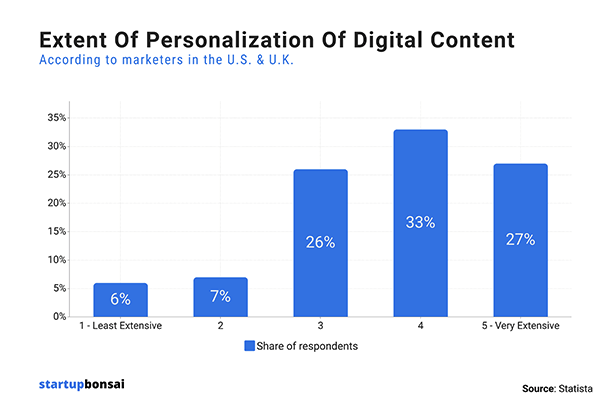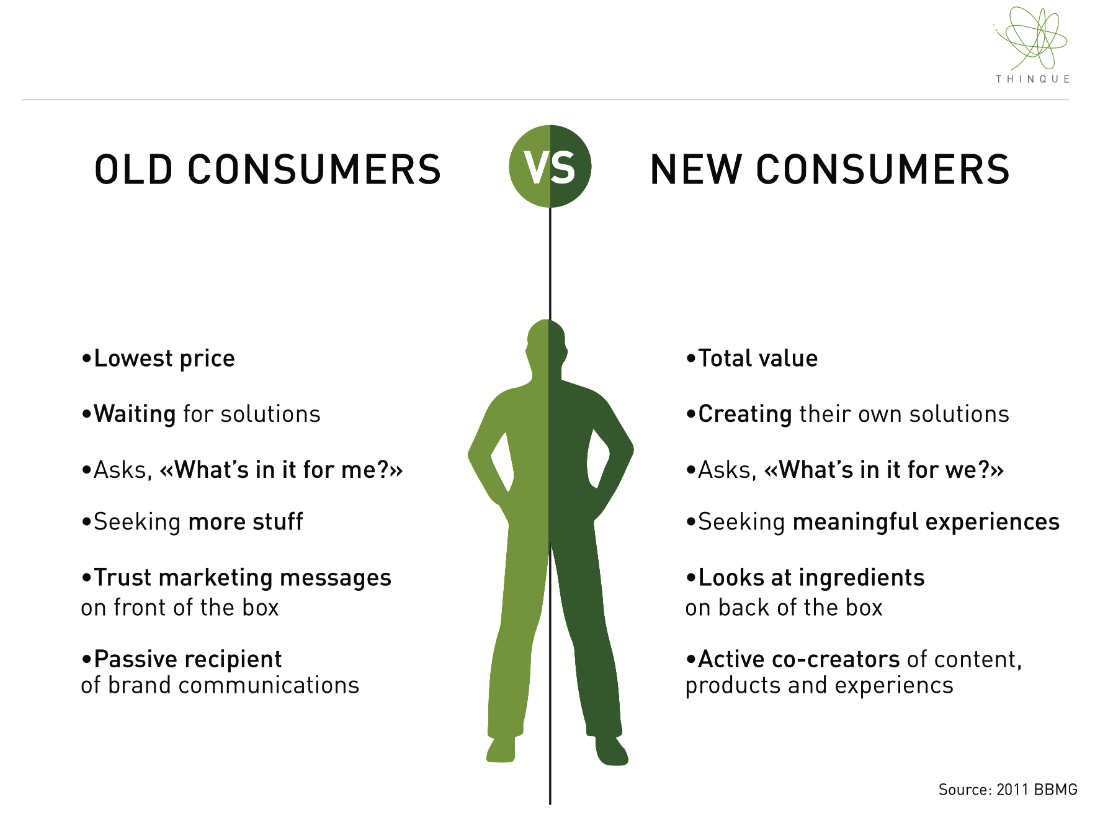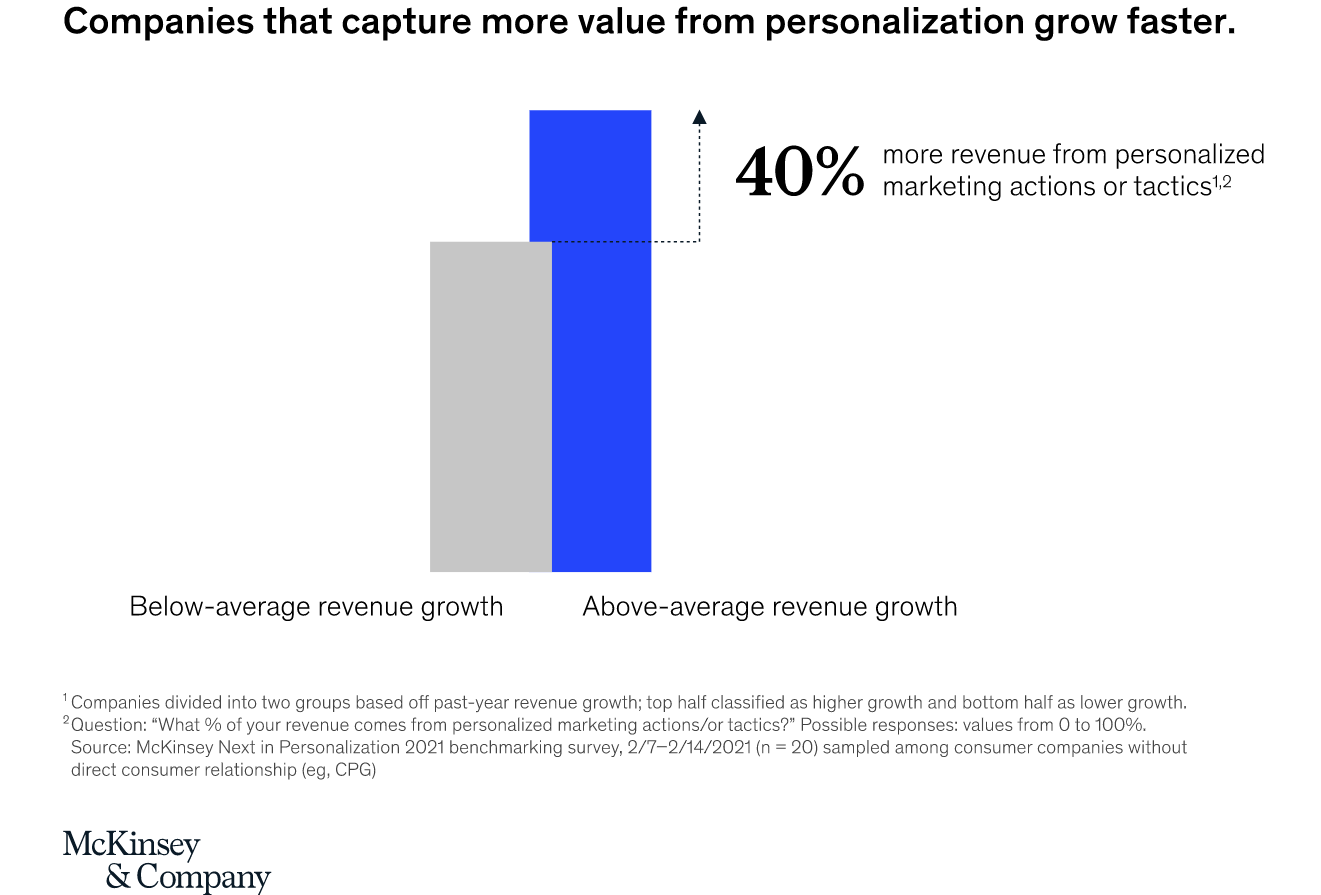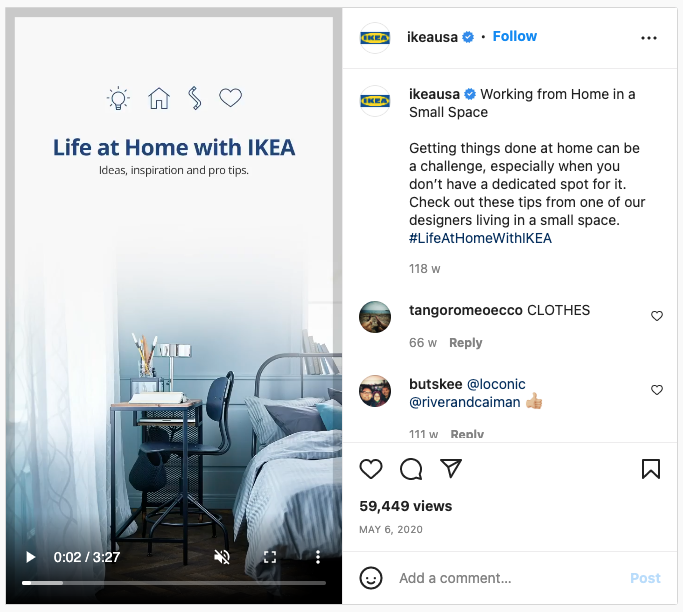In a post-pandemic digital sphere, consumers are constantly inundated with branded messages. From pop-up ads to social campaigns, new statistics from Forbes predict that the average online user receives up to 10,000 branded messages daily.
On the back of a post-Covid digital shift, where we saw e-commerce activities increase by a third, social selling has become a priority for marketers striving to connect with their demographic. With over 4.62 billion social media users in 2022, it’s no surprise that social platforms have become the destination for conversion success.
The modern-day challenge marketers face is addressing ever-changing consumer demands. With more retailers, brands, and services to pick from, demographics have become fussy. Today's active consumers require high levels of personalization, special offers, and content that speaks directly to their values.
In fact, 63% of all online users will now bounce off of a piece of content if it fails to address their values.

(Image Source: Startup Bonsai)
In response, over half of all marketing teams in the UK and US prioritize digital content personalization, with just under a third of all brands investing in ‘extensive personalization’ in 2022.
The question is, just how competitive has user engagement become? As platforms are flooded with branded and user-generated content, it has become harder to stand out amongst competitors.
The Active Consumer
It’s no secret that consumers have become more active in the last decade. On the back of smartphone evolution, app-based immersion, and the ability to create and replicate content on many platforms, consumers themselves have become competitors in the fight to receive content engagement.

(Image Source: ASN)
Active consumers now have a choice inundated with more branded messages than ever before. While passive marketing tactics once saw success in a broadcast TV/Radio format, internet users have the ability to ask questions.
Not only can online users search for the best deal, but they create their own personalized solutions to a problem.
Therefore, if marketers want to see a conversion peak, it’s time to start answering those consumer questions, ensuring the responses are targeted and adaptable to their ever-changing demands.
Addressing The Demands For Post-Pandemic Personalization
According to McKinsey, 71% of post-pandemic consumers now prefer a personalized experience with a brand.
“Consumers don’t just want personalization. They demand it. With store and product loyalty more elusive, getting it right matters,” a 2022 McKinsey report revealed. “Roughly 75% of consumers tried a new shopping behavior in the last 18 months, and more than 80% of those intend to continue with new behaviors.”
In fact, the same report found that companies that prioritized personalization in their content strategy could generate up to 40% more revenue in a post-Covid playing field.

(Image Source: Mckinsey)
The question is, why have personalization demands peaked post-pandemic?
As the e-commerce industry boomed in response to mass high street closures, just under half of all online users engaged in digital shopping experiences on the web and within social platforms.
After Statista revealed that half of all global web traffic was now attributed to mobile devices, experts suggest that personalization demands have grown in line with consumers becoming more digitally savvy.
How To Make Sure Your Social Content Stands Out
55% of all marketers attribute an improved customer experience and a boost in content engagement to utilizing a personalized marketing strategy.
Creating successful social content in 2026 revolves around knowing your demographic inside and out and using data to answer consumer pain points with your campaign.
From social listening to prioritizing platform-specific content formats, here are four key steps you can take to ensure your social platforms stand out in the competitive social arena.
Prioritize Social Listening
Social listening has become imperative for targeted success in 2026. It is a strategy focused on collecting consumer insights from social interactions and conversations. Brands can use social listening to find out more about their audience and what products/services they are most likely to interact with.
Ranked the number one social content strategy for marketers, 66% of business leaders have claimed that social listening has increased their content engagement success in the last 12 months alone.
The key here is to deep-dive into consumer trends and start monitoring highly engaged keywords, hashtags, and content formats that are being clicked on by your target demographic. The more you know about your consumers; the more effective your content approach will be.
Be The Solution For Consumer Pain Points
Once you have gathered significant data regarding your demographic’s key values, demands, and gratifications, it’s time to adapt your content to answer their needs. Active consumers will not hesitate to search for a solution to their problems, so it’s important that your content answers their questions and is the solution to their pain points.
(Image Source: IKEA)
IKEA’s lockdown-based social content is a good example. As most of the corporate sector swapped the office for the couch, IKEA targeted its Instagram content at a WFH demographic, offering a quick solution to a small workspace.
Using the shareable hashtag, #LifeAtHomeWithIKEA helped the post secure many clicks, shares, and consumer engagement.
The key here is to think about how you can create a valuable experience for your consumers. If you can create content that makes the buying journey both speedy and simplistic, your audience will thank you.
Optimize Your Social Content Copy
While your visual content may catch the eye of your consumer, your written copy is what makes them engage. Prioritizing your copywriting strategy is essential when it comes to creating targeted social content.
Did you know that social content that includes high-ranking search words and well-engaged hashtags is twice as likely to appear on a user’s social feed?
Ensuring your copy is in line with social trends is easy to ensure your posts are frequently seen.
Create Platform-specific Content
The key to achieving personalization success is to stop generalizing. While replicating content across multiple platforms might be less time-consuming, creating specific content for each social channel can bring you a bigger ROI payoff.
From Tiktok to Twitter, each social media platform serves a diverse audience. On each platform, different content formats rank highly among users, so it is important to use content templates that work. For example, TikTok’s algorithm favors 15-30 second video snippets that prioritize a humorous, informal tone and can demonstrate the use of a viral sound/challenge. Linkedin, on the other hand, favors a text-based approach with a formal voice and a wide breadth of information.
As you can see, if you were to post the same content on both Linkedin and TikTok, only one of these platforms would likely rake in consumer clicks.
The Social Targeting Strategy Of The Future
As social platforms evolve, so will content trends. Marketers that want to increase their consumer engagements must be on top of their social personalization strategy in 2026.
As brands battle against user-generated content, it’s time to start creating campaigns that stand out from the crowd and answer those all-important search queries.




